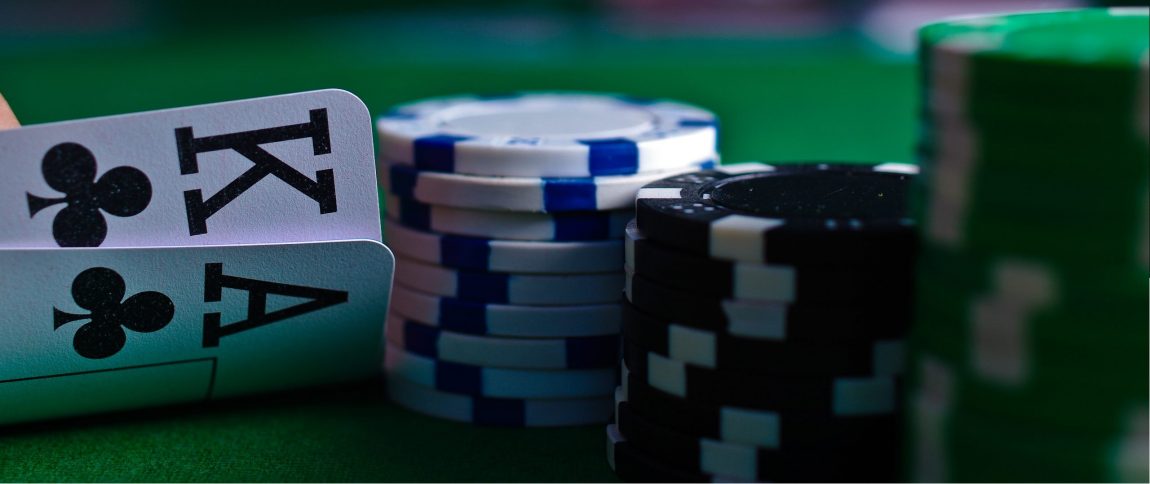
What is blank in poker
Blank means “clean”. In poker, however, it has a slightly different meaning. It means a card that has not strengthened the hand of any player in the current hand. It is essentially a worthless card that has simply been dealt to the Dealer. If it is dealt in the turn or river round, the game stays in its current position.
Concept Blank in poker
The word is used by professionals as a poker term, not as mere gaming slang. It is used in many different forms of poker, including Omaha, Hold’em, Seven Card Stud and others. That said, the term can be approached from two angles: as a spectator and as a player in a hand.
The first case stands for repetition or low value of the received card. Commentators, in order to avoid verbosity, like to use the word in such deals. On the part of the concept for a particular player, let’s show by example.
So one player expects a flush, as he already has a queen and a jack of hearts in his hand. The second player is hungry for an addition to his eight and nine of diamonds. Here the ace of spades is placed on the table. So the card is the blank for both players.
However, there’s a lot of controversy over the situation, which is to open a clear draw on the turn, and the dealt card doesn’t provide a match for either player at the table. There seems to be no gain, but one of the players was still lucky enough to improve his position.

Using an “empty” card
There is no need to take any supernatural action when a blank card is dealt. The decision is made based on the current statistics, as well as the position of the opponents. So if the player is a beginner, a normal line might be 3 bets per round or a check-fold on the turn or river with a blank. When playing against a professional player, an “empty” card allows you to make a skip move.
It is not advisable to bluff if a replay or low value card comes out. Do not underestimate your opponents, who may very well be figuring this out, since they may be considering it for themselves.
Flush on the turn
Most Hold’em draws follow the well-known pattern from preflop to the Raise. After that, it’s a continuation bet. In this case, the flop spoils the picture considerably. Then a decision should be made based on calculations. In addition, the professionals will quickly guess the situation.
The way out is pure guessing with alternating bets and checks. If the preflop raiser has a pair, a bet is made when there is a clear threat of a straight or a flush. Otherwise, it’s better to wait until the river, where the combination is picked up.
Blank on the river
There are two possible outcomes for the final round. The first involves bets and calls on the flop and turn. The other involves a check-check in one of the previous rounds.
In the first case, the card really doesn’t make sense, because it doesn’t make any difference. It is better to bet when there are at least two pairs. In the second case, one can take a risk with a bet.



